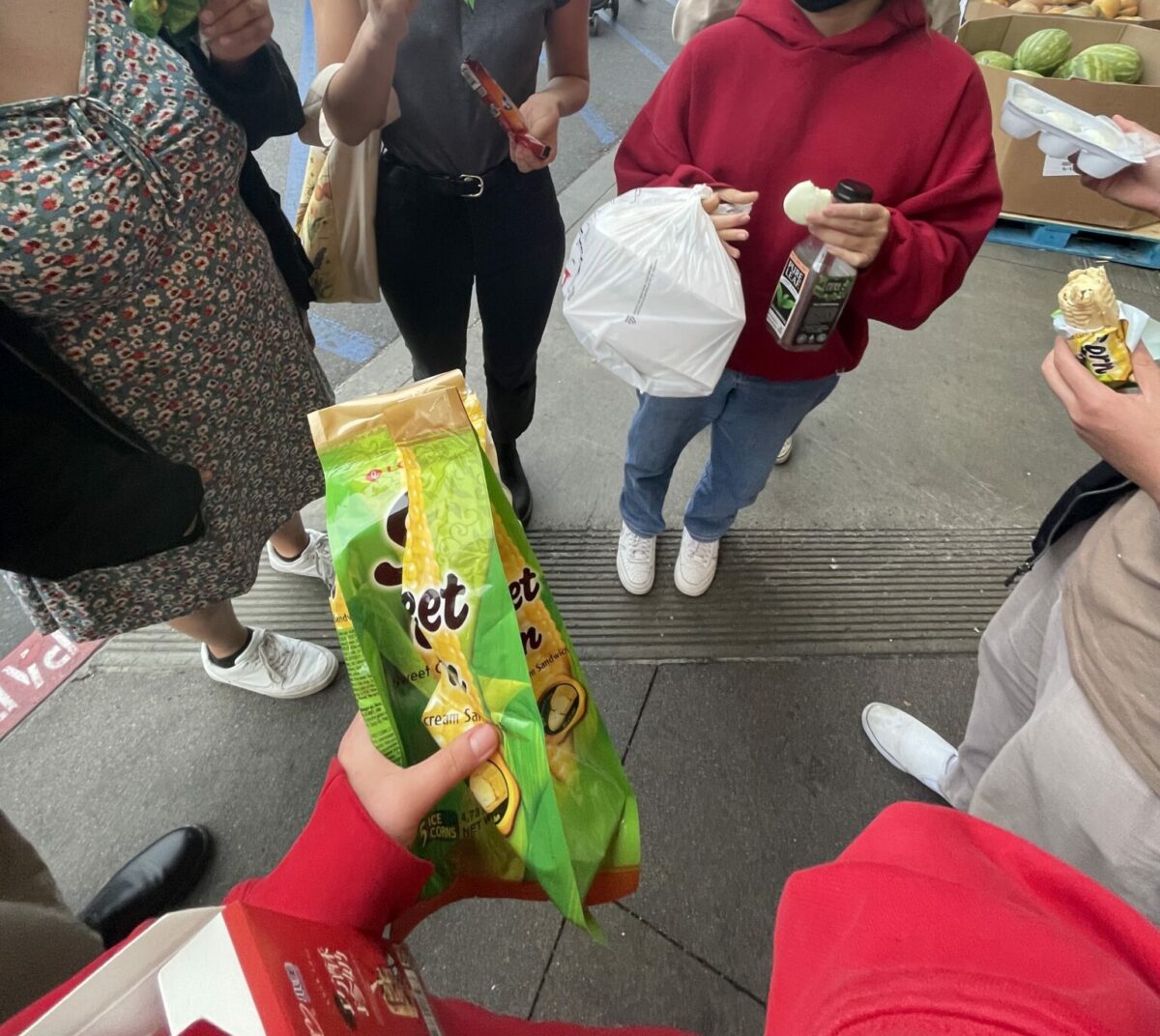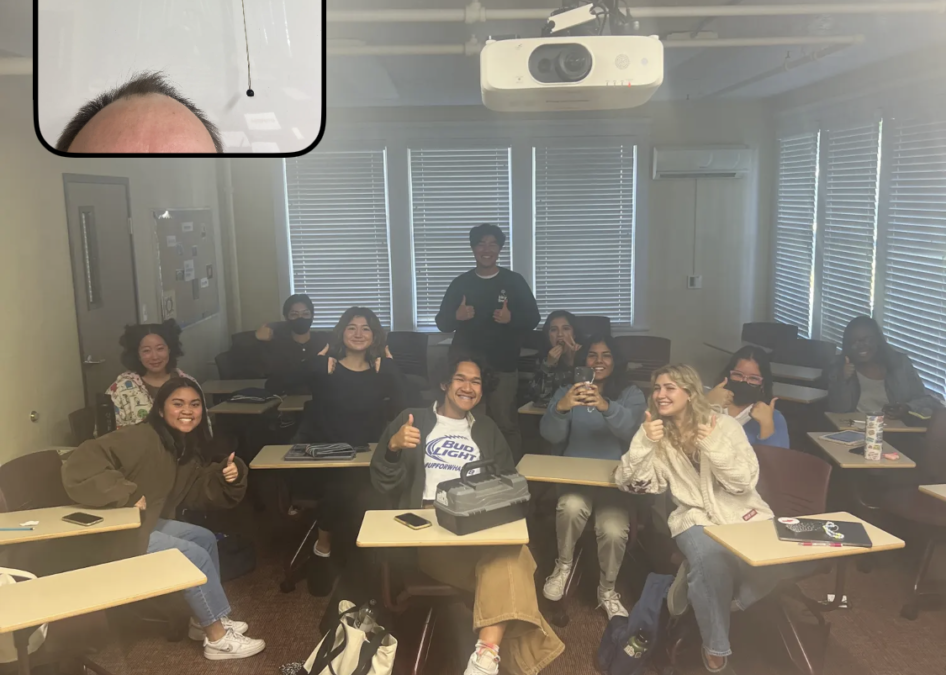As an English major, I did not expect to grow as a writer outside of my English classes. After being in the Honors Program for a year and a half, however, I have found that I have drawn inspiration from each of my classes. I have come to realize that understanding the world in new ways directly impacts my purpose and manner in writing. With my goal in writing to capture the stories surrounding me and to give insight into the world, I have created a hodge-podge recipe for my writing using the Honors classes as ingredients.
Ingredients:
- 1 unit Beginning to Seek (UHNR 101)
- 4 units Scientific Process (UHNR 114)
- 4 units The Arts (UHNR 115)
- 2 units Seminar in Rhetoric (UHNR 201)
- 4 units Religious Understandings (UHNR 224)
Directions:
- Add 6-7:50 P.M. UNHR 101 discussions into an empty bowl.Whisk in stories populating the current culture around.
- Add in conversations surrounding the COVID-19 pandemic, race and racism, gender and sexuality, and media representation.
- Heat personal thoughts with the friction of fingers on a keyboard as you write reflections.
- Develop an understanding of the importance of holistic stories.
* Moving forward from this point, you should regularly consider stewardship with stories. Ask yourself: Are you exploiting traumatic experiences for sensationalism? Are you telling the whole story, or are you telling it with a Western filter? What biases are characterizing your writing? Who are you trying to uplift, and who are you really uplifting?
- Fold in 4 units of scientific writing over ten weeks in the UNHR 114 classroom.
- Weigh out the importance of each detail.
- What is necessary for the reader to understand the message?
- Sift out unnecessary information. Add refined descriptions into the mixing bowl.
- Pour into a baking pan greased with proper context. Pop into the oven.
* Important! Without proper context, the final product will stick to the sides of your mind and fall apart when you try to take it out, forming incohesive, incomprehensible crumbs.
- Prepare The Arts-tistic frosting and filler.
- Add heavy observations about your surroundings into a new bowl.
- Sweeten with music, paintings, sculptures, and other forms of art.
- Add heavy observations about your surroundings into a new bowl.
* It is nice to get a variety of aging and regionality in these sweeteners. Baroque, for example, gives a more contrasting flavor than the more flamboyant tastes of the French Rococo.

- Whisk in mindfulness until you get stiff peaks in the shape of concrete aesthetic responses.
* Once you have stiff peaks and know exactly how you feel in response to your surroundings and artwork, you will need to go by taste and your own discretion for the next steps.
- Play around with the flavor profiles of the artwork, incorporating and mixing and matching elements from them based on your aesthetic responses to each.
- See how you can make the concepts of this art new and ripen your own work. For example, maybe you want to flavor with airy, blurred descriptions to capture the fleetingness of a tender moment like the Impressionists!

- Spread frosting and filler carefully across the cake using a Seminar in Rhetoric spatula.
- Spread your descriptions across the cake with even pressure, making sure to fill in and cover all the surfaces.
- This will ensure that when presenting your cake, the consumer will not question nor have to fill in the missing spots on their own. You get to control what the whole picture of your story looks like, even while preserving the beauty of how each enjoys the taste differently. Your cake will then be distinct and complete as its own cake, and consumers can focus on the flavors and design that make it unique, as opposed to a cake remembered for its lacking.
- When piping details onto the cake, play with the pressure, pacing, and design.
- Take care with each detail, recognizing that each changes the overall tone of the cake. Which colors, words, and piping tips can you use that will convey “hope” the best, for example, if that is the cake’s purpose?
- You want the consumer to be engaged, interested, and satisfied in one way or another with each bite and when they are finished.
- Spread your descriptions across the cake with even pressure, making sure to fill in and cover all the surfaces.
- You can always embellish with symbolic toppers given to you from Religious Understandings.
- When using symbolic toppers and ingredients in general, consider their connotations. What associations arise from using that specific symbol or word? For who? How might it be interpreted differently from taster to taster? Maybe a pea flower to one represents spring and to another represents Mendel’s experiments.

Enjoy the cake with your friends in South Hall! Offer a slice to Dr. Kokhan! Maybe it will make up for your horrendous quiz answers. Continue to modify the recipe as you continue to learn!
— Katie Jang (Major: English Creative Writing, Class of 2025)

